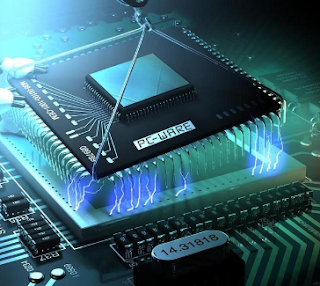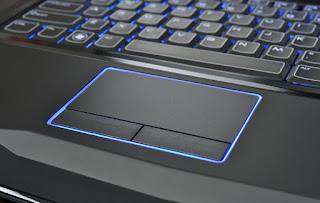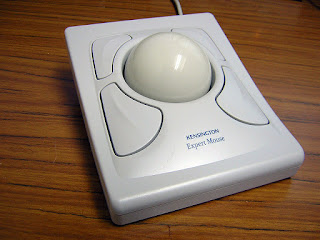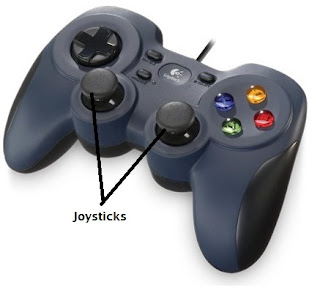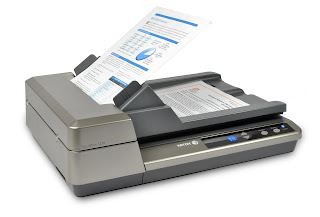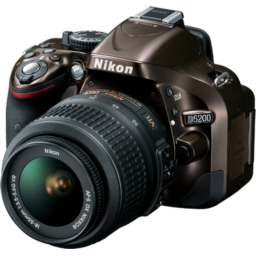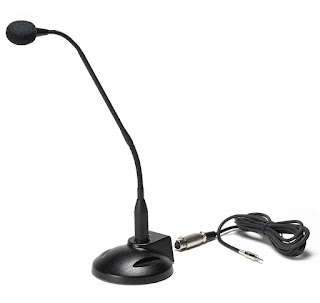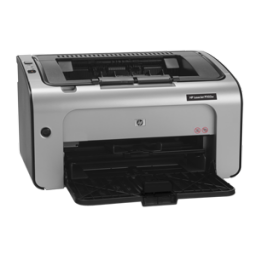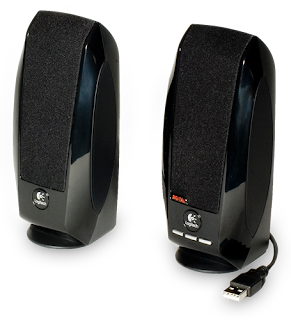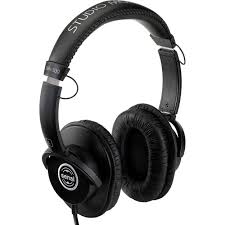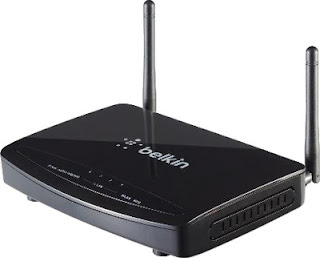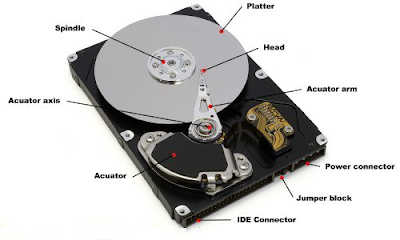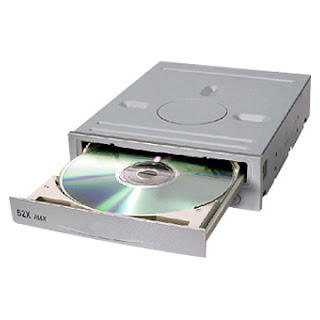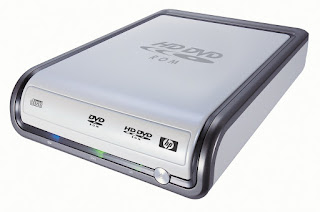Introduction to Computers
We use computers every day to make our lives easier. Now consider this statement: “Computers are everywhere”. Does it sound like a cliché? An overstatement? No matter the perception about the impact of computers, the statement is true. Computers are everywhere, in fact you can find them in pretty unlikely places including your family car, home appliances and alarm clocks.
What is a Computer
A Computer is an electronic device used for storing and processing data as a result of instructions given to it by a user. It takes in data in the form of binary, process it and outputs the results as information that is useful to the user. Since a computer cannot reason or think, the output of its information is dependent on the data input. That is to say if a user provides a computer with wrong data, the information rendered will be unpleasant or misleading, hence the acronym “GIGO” meaning Garbage in Garbage out.
Bits and Bytes
A computer is really nothing more than a series of switches. Each switch exists in two states:
on or
off. Storing information in a computer is simply a matter of setting a sequence of switches on or off. If the switch is on, its value is 1. If the switch is off, its value is 0. These 0s and 1s are interpreted as digits in the binary number system and are called
bits (binary digits). The minimum storage unit in a computer is a
byte. A byte is composed of eight bits.
A small number such as 3 can be stored as a single byte. To store a number that cannot fit into a single byte, the computer uses several bytes. Data of various kinds, such as numbers and characters, are encoded as a series of bytes automatically by the computer based on an
encoding scheme. An encoding scheme is a set of rules that govern how a computer translates characters, numbers, and symbols into data the computer can actually work with. Most schemes translate each character into predetermined strings of bits. In the popular
ASCII encoding scheme, for example, the character C is represented as 01000011 in one byte.
A computer’s storage capacity is measured in bytes and multiple of bytes as follows;
- A kilobyte (KB) is about 1000 bytes
- A megabyte (MB) is about 1 million bytes
- A gigabyte (GB) is about 1 billion bytes
- A terabyte (TB) is about 1 trillion bytes
A typical one-page word document might take 20 KB. Therefore, 1 MB can store 50 pages of documents and 1 GB can store 50,000 pages of documents. A typical two-hour high-resolution movie might take 8 GB, so it would require 160 GB to store 20 movies.
The most common class of computers seen everywhere are the
digital computers which makes of numbers in its operation. Examples include desktop computers, laptops, tablets, workstations, etc.
Unlike
analogue computers their mode of operation is based on the use of physical quantities or measurements, making them more flexible than digital computers but not more precise or reliable.
Some computers utilize the features of digital and analogue computers and they are referred to as
hybrid computers.
As we interact with computers, we observe that computers vary in
sizes,
logic and
purposes and this has led to another classification of computers. Based on size and capacity,
Supercomputers are the largest and expensive computers in the world. They are housed in large rooms as refrigerator-sized machines and require high skill personnel to operate them. Many supercomputers have several processors that aid in the performing complex tasks.
The
mainframe computers are the second largest computers and cost lesser than supercomputers. Mainframe computers can meet the needs of many users at the same time. Users are able to access its resources by means of a device called terminal.
Minicomputers have their size and capability between a mainframe and personal computer hence referred to as
mid-range computers. They can handle a sustainable amount of data and its performance is better compared to personal PCs.
Microcomputers are the most common types of computers around the globe. They include all the desktop and portable PCs. Computers in this category can be positioned on a desk. Notebook computers are usually positioned on the laps of users and can be moved from one place to another.
Generally some computers are designed to perform particular tasks with the instructions stored permanently into internal memories. These computers are referred to as
special purpose computers. These computers can be in the form of consoles or extended types of personal computers.
General purpose computers are designed to work with different applications and hence able to perform multiple tasks. They can be used to solve equations, edit videos and images, play music and even video games. General purpose computers are often used in the offices, schools and homes.
There are
4 major basic units of a computer system namely;
input unit,
storage unit,
central processing unit and the
output unit. The input unit feeds the computer system with data and programs. The storage unit stores the data and information before and after processing. Processing of data and/or execution of programs is done by the central processing unit of the computer. The results of the processed data is stored and rendered usefully to the user.
Parts of a Computer System
Computers come in many varieties from from the tiny computers built into household appliances to the astounding supercomputers that have helped scientists map the human genome. But no matter how big or how it is used, every, every computer belongs to a system. A computer system consists of four parts:
- Hardware
- Software
- Data
- User
The mechanical or physical devices that make up a computer are called hardware. Hardware is any part of the computer that you can touch or feel. A computer’s hardware consists of interconnected electronic devices that you can use to control the computer’s operation, input and output. The generic term
device thus refers to any piece of hardware. Examples include monitor, keyboard, mouse, hard disk drive, processor, memory, etc.
Software is a step-by-step set of instructions that tells the computer what to do. In order words, software makes the computer perform tasks. The term
program refers to any piece of software. Some programs exist primarily for computer’s use to aid in its performance of tasks and manage its own resources. Other types of programs exists for the user enabling them to perform tasks, creating documents, images, videos and even writing another software program.
Data
Data is raw facts or statistics or pieces of information that do make much sense to a person. It is the primary job of the computer to process these tiny pieces of data in various ways, converting them into information that may be useful to the user. Taken individually they do not mean a lot. But when grouped into words or sentences, they make sense and turn into information. Similarly basic geometric shapes may not have much meaning by themselves, but when they are grouped in a blueprint or a chart, they become useful information.
Within the computer, data is organized into files. A
file is simply a set of data that has been given a name. A file that the user can open and use is often called a document. Although many people think of documents simply as text, a computer document can include many kinds of data. For example, a computer document can be a text file(such as a letter), a group of numbers (budget), a video clip (which includes images and sounds) or any combination of these items. Programs are organized into files as well. These files contain the instructions and data that a program needs in order to run and perform tasks.
People are the operators of computers, also known as users. Although there are some computer systems that are complete without the involvement of a user, however no computer is totally autonomous. Regardless of whether a computer can perform its tasks without a person operating it, it’s still people design, build, program and repair computer systems. This lack of autonomy is prevalent of personal computer systems.

The computer like many other electronic devices has several parts that perform all the amazing things we see. These include the Motherboard, Central processing unit, Memory (Random Access Memory and Read Only Memory), Storage devices (magnetic and optical drives), Keyboard, Mouse, Monitor, and many other devices that are connected to computers to make their use a breeze. All the internal components of a computer are connected to the CPU and Memory by means of a bus. Computer parts are one way or the other connected to each other by circuits that allow the data to fed, processed, stored and output. Some parts of a computer operate at the system level, others operate at the peripheral level and some parts are considered to be accessories.
Motherboard: It is the electronic skeleton of the entire system. It consists of other important components such as the CPU, the memory, heat sink fan, PCIe slots, IDE slots, etc.
Central Processing Unit (CPU): The CPU is the brain of every computer. It has an arithmetic/logical unit (ALU) that performs all the thinking and calculations for the computer.
Random Access Memory (RAM): The RAM is the short term memory of a computer. Data entry into the computer get loaded into the RAM and it is stored and run temporarily from the memory. Data is written to and from the memory hence it is sometimes called read/write memory.
Hard Disk: The most common storage component of a computer is the hard disk. This is the device on which data, programs and information is stored permanently. Hard disks are usually kept protected in a device called disk drives.
Optical Disks: Another form of computer storage is the optical disks which include CD-R and CD-RW. Optical storage devices use lasers to read data from or write data to the reflective surface of an optical disk.
Keyboard: The key board is a device for entering input. A keyboard has keys of text and numbers and each key sends a different signal to the CPU.
Mouse: The mouse is a pointing device. It is used to move a graphical pointer (usually in the shape of an arrow) called a cursor around the screen or t click on-screen objects (such as button) to trigger them to perform an action.







